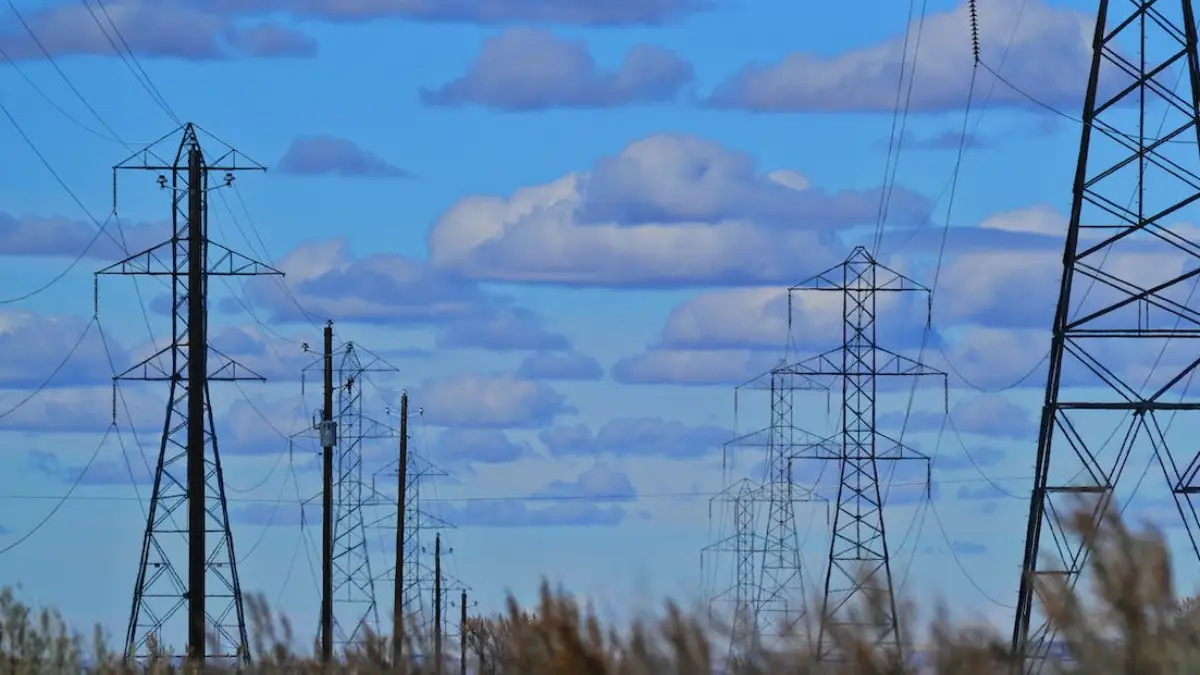China’s Chang’e-4 mission rover has unveiled a hidden world beneath the moon’s far side, offering a glimpse into billions of years of lunar history. The Yutu-2 rover utilized its Lunar Penetrating Radar (LPR) to probe structures buried deep within the moon’s surface, providing valuable insights previously concealed from view.
Lunar Penetrating Radar Uncovers Lunar Secrets
The breakthrough came as the Yutu-2 rover employed its advanced Lunar Penetrating Radar (LPR), an innovative technology capable of capturing images from beneath the moon’s surface by interpreting sound echoes. These echoes, resulting from interactions with structures concealed beneath the lunar terrain, provided scientists with a unique window into the moon’s geological past.
Historic Lunar Mission Revisited
Notably, the Yutu-2 rover and the mission’s lander achieved historical milestones in 2019 by becoming the first human-made objects to touch down on the far side of the moon, a region perpetually hidden from Earth’s view.
Enhanced Insights at Unprecedented Depths
In contrast to earlier attempts that relied on the rover’s ground-penetrating radar (GPR) and could only scan the upper 40 meters of the lunar surface, this recent discovery reaches astonishing depths of about 300 meters (984 feet). This innovative approach has led to the identification of previously obscured “hidden” structures.
Lunar Composition Revealed
Analysis of the radar data divulged that the initial 130 feet beneath the lunar surface consist of layers comprising dust, soil, and rocks. Additionally, the radar unveiled the presence of an impacted crater, formed by a significant celestial collision, and offered insights into ancient lava flows buried under the moon’s exterior.
Lunar Geology Unraveled
Researchers involved in the study elucidated the technology’s operation: “The GPR sends electromagnetic pulses into the lunar interior and receives echoes from subsurface layers. We use the high-frequency channel data to detect the structure of the upper 40 m along the rover’s path, primarily consisting of rock debris and soil.”
Insights into the Lunar Past
By examining the revealed layers, scientists postulate a series of basalt eruptions that transpired billions of years ago, shedding light on the moon’s distant history. This investigation showcased that volcanic activity cooled progressively over time, presenting a narrative of the moon’s evolution since its formation over 4.5 billion years ago.
Continual Unveiling of Lunar Mysteries
The recent study, featured in the Journal of Geophysical Research: Planets, serves as a testament to the ceaseless exploration of lunar terrain and its inherent mysteries. It also underscores how technology-driven revelations contribute to our understanding of the moon’s geological evolution.
In summary, the Chang’e-4 mission’s Yutu-2 rover, armed with cutting-edge Lunar Penetrating Radar, has illuminated previously concealed structures within the moon’s far side. This momentous discovery offers a glimpse into the moon’s rich history and further propels our understanding of lunar geology.









